It features the new X-Trans 5 HR CMOS BSI sensor and the X-Processor 5 that enables to camera to have improved Deep-learning AF, 8K ProRess Internal recording and 160MP Pixel Shift feature.
In the Philippines, the X-H2 body is priced at PHP 123,990.
Let's see take a deeper look at the hardware.
Meet the Fujifilm X-H2!
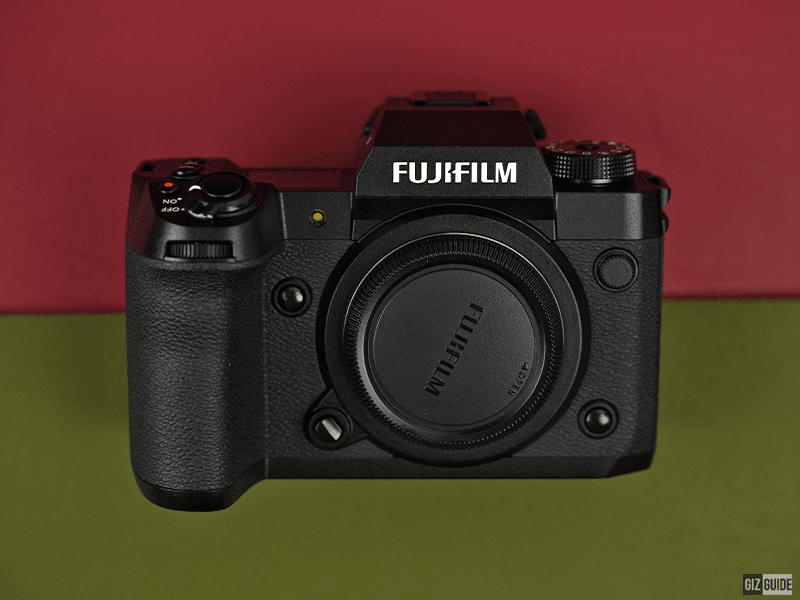 |
Thicc grip
|
As mentioned above, the X-H2 looks slimmer with more aggressive angles than the previous generation. You immediately notice the massive grip on the right side. The ISO dial is gone while the drive dial has new custom modes. The MCS selector switch is now a single button.
The massive grip is feels solid and ergonomic on hand.
 |
| Rearview |
At the back, one of the biggest changes is the addition of a large directional knob used for autofocus points.
The delete button now doubles as the drive button while the display back now doubles as the Bluetooth button. Like previous generations, a lot of these buttons can be customized to other features.
 |
| Articulating LCD touch display |
The buttons are still large and are now protruding more than in previous generations. Like the X-H2s, it now comes with a fully articulating LCD touch display.
The EVF has better eye relief as well as a higher resolution but still with a 120Hz refresh rate.
 |
| Top view |
The top plate has seen massive changes too. The drive dial on the left now includes up to 7 custom modes. On the right are the top display and the new ISO and WB buttons.
FUJIFILM replaced the older strap lugs with the new black strap lugs that no longer need the O-rings. 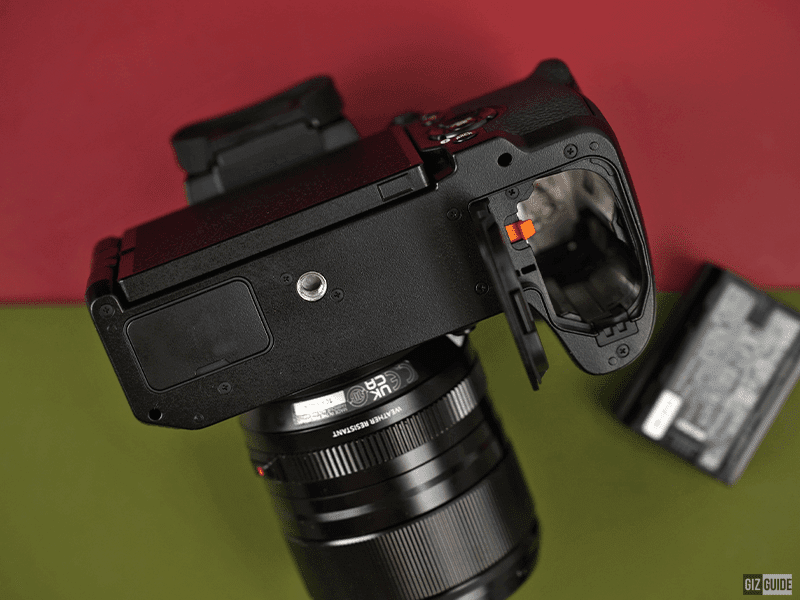 |
| Bottom view |
At the bottom are the Tripod screw mount, the battery compartment and the removable cover. This removable cover hides the CPU contacts and USB-C that connects to the Vertical Grip accessory.
The camera uses the same Fujifilm NP-W235 batteries first released with the X-T4 and was adopted by the X-H2s. But this time, the camera is rated for 680 shots.
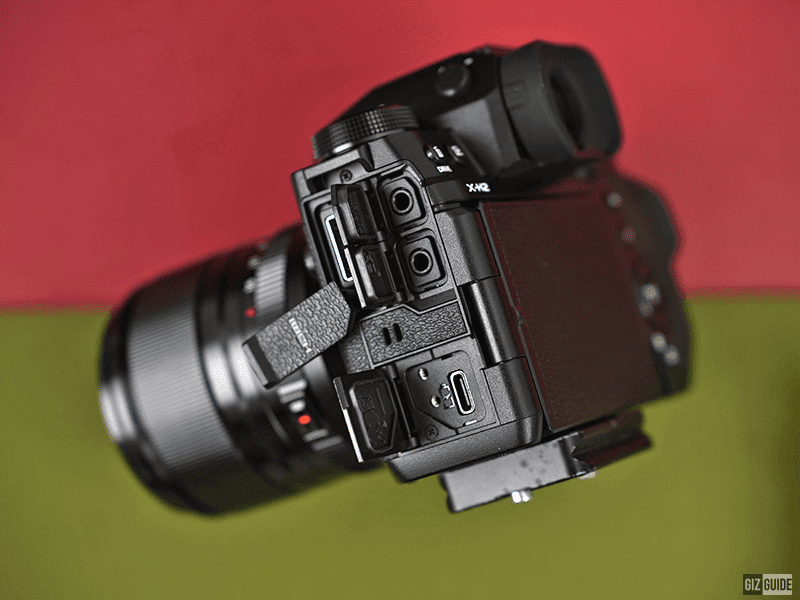 |
Port selection
|
On the left side of the camera are the ports that include a full-size HDMI port, USB-C port (for charging and power delivery), 3.5mm audio-in (microphone) jack, and 3.5mm audio-out (headphone) jack.
 |
| Card slots |
While on the right side is the remote port. Below it is the CFexpress Type B card slot and the UHS-II SD card slot.
Camera Samples
 |
| Clarity and color |
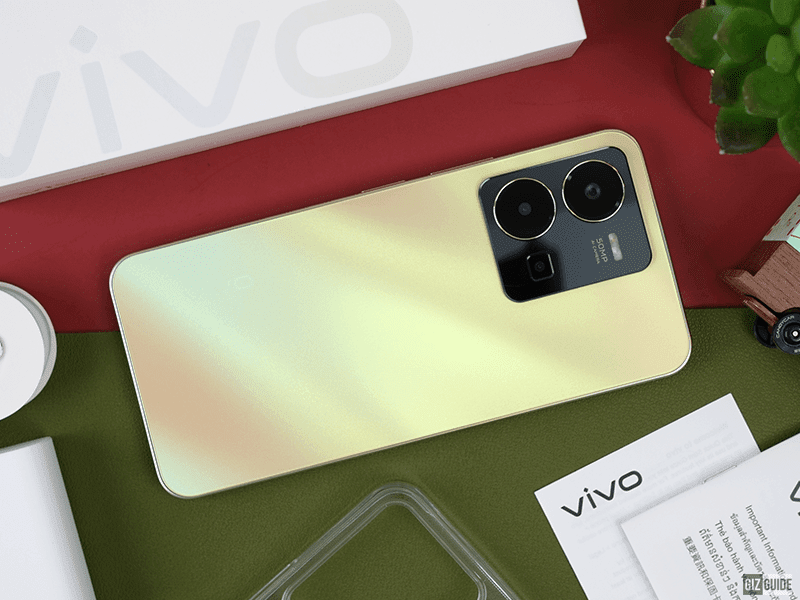 |
| Detail across the frame |
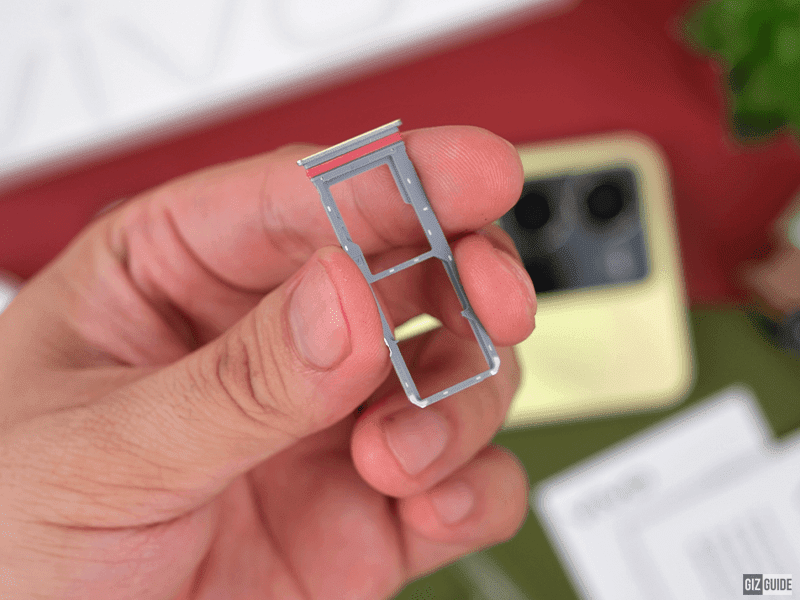 |
| Soft transition from in-focus to out-of-focus areas |
Quick thoughts
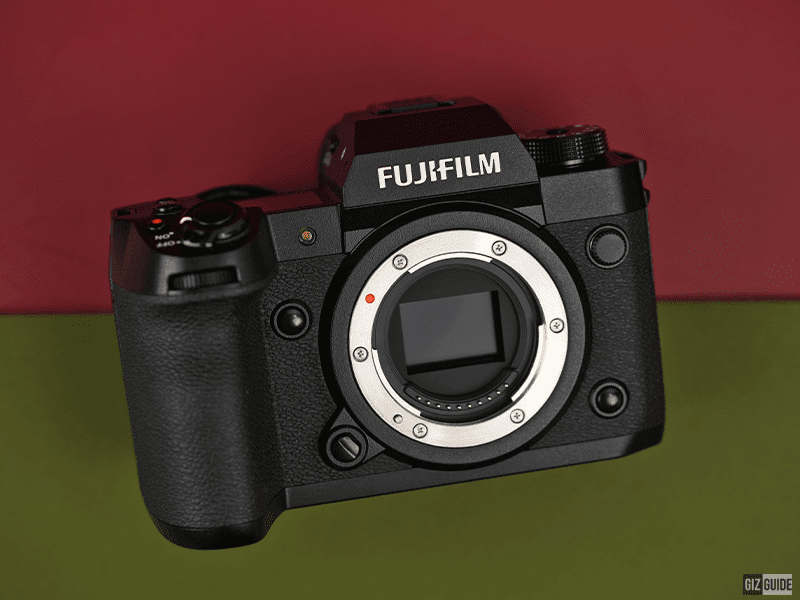 |
| New 40MP sensor |
Fujifilm has changed its strategy with the X-H2 and X-H2s. The X-H2s model focuses on taking advantage of a High-speed stacked sensor while the X-H2 focuses on taking advantage of a higher resolution sensor.
Both cameras are nearly identical with minor changes. The X-H2 does not have an 'S' in front. It is compatible with all the accessories that were launched alongside the X-H2s.
The new 40.2MP X-Trans CMOS 5 HR non-stacked sensor with the new X-Processor 5 allows for up to 20fps stills capture with 1.29x crop. It also can capture 8K/30fps and oversampled 4K/30fps.
The camera now supports JPEG, RAW, TIFF, and HIEF for photos and it supports H.264, H.265, Apple ProRes, and Blackmagic RAW.
The included battery is rated for 680 shots. It also supports power delivery, so you can plug a power bank into the camera and shoot continuously.
There are a ton more features that we are excited to test soon.
Stay tuned.
What do you guys think?


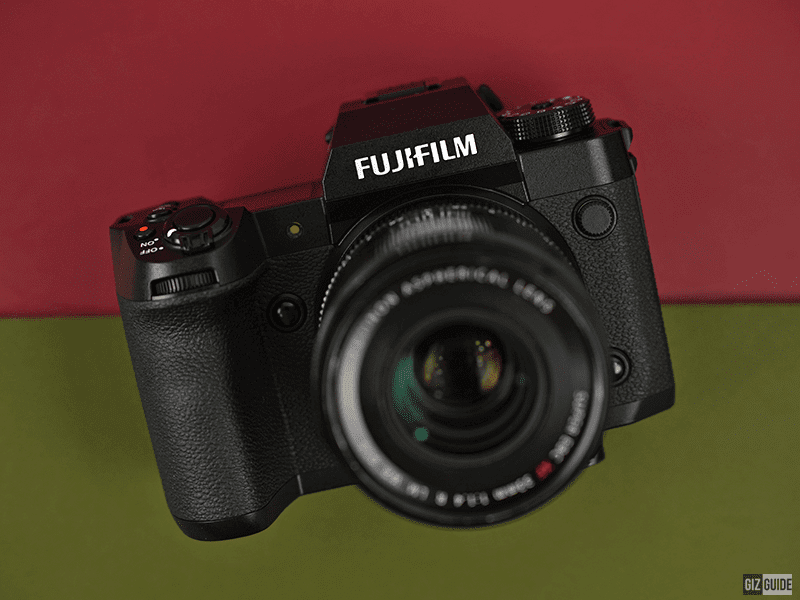






























Post a Comment